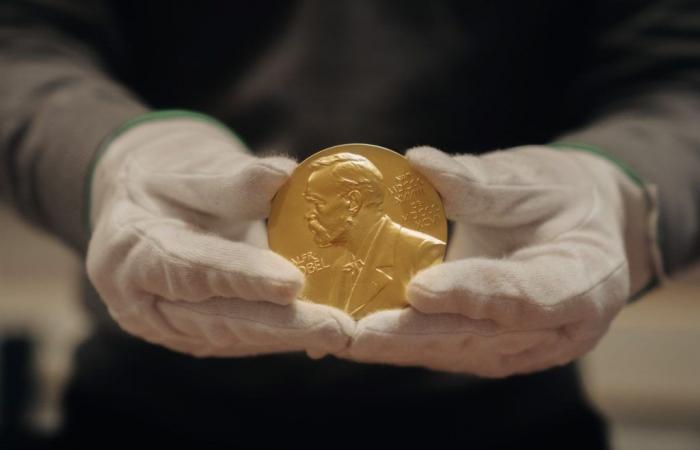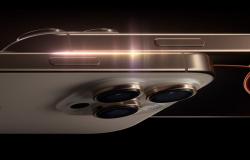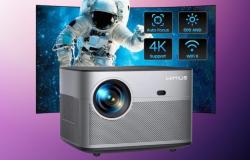This year, the Nobel Prizes in physics and chemistry honored discoveries in artificial intelligence.
Nobel Prize in Physics: machine learning rewarded
This year, the Nobel Prize in Physics rewards the American John Hopfield and the British-Canadian Geoffrey Hinton for their work in artificial intelligence (AI). What is the connection between physics and AI? Machine learning algorithms rely largely on physical and mathematical principles, which these two pioneers developed.
In 1982, John Hopfield developed a virtual neural network model that was inspired by real brain connections. Concretely, this type of network demonstrates an associative memory capacity, that is to say that it can recognize a form, a word, a concept according to what it has already learned. And it is the basis of all recent AI feats. As for Geoffrey Hinton, he used principles of statistical physics to improve artificial neural networks.
The two researchers thus applied concepts from physics to advance artificial intelligence. They are both scientists who warn of the potential dangers of AI, because it is developing very quickly and without safeguards.
Nobel Prize in Chemistry: AI and molecular biology, a winning duo
The work of the winners, the American David Baker, the British Demis Hassabis and the American John M. Jumper, has spectacularly advanced our understanding of proteins thanks to artificial intelligence.
Proteins, made up of a series of amino acids, naturally adopt a three-dimensional configuration which determines their biological functions. The way proteins fold has been studied for around fifty years. AlphaFold2, the computer tool developed a few years ago by Hassabis and Jumper at Google DeepMind, made it possible to predict the 3D structure of proteins from an amino acid sequence with unprecedented precision – almost 90%! Laboratory techniques otherwise used to determine protein structure (X-ray crystallography and cryo-electron microscopy) are complex and take much more time. For his part, David Baker used AI to design amino acid sequences from a desired protein structure. It thus opened the way to tailor-made protein engineering.
These discoveries have important repercussions: scientists can now analyze and design proteins more quickly, which facilitates the development of new antibiotics, vaccines, and generally allows a better understanding of cellular functioning.
Nobel Prize in Medicine or Physiology
Here, no AI in the spotlight, but a small mechanism that has an enormous influence on biology. Long underestimated, microRNAs — tiny segments of RNA once considered useless — have revealed their importance thanks to the work of Nobel Prize winners in medicine, Americans Victor Ambros and Gary Ruvkun. In 1993, these scientists demonstrated that microRNAs actually play a key role in gene regulation (and in what is called epigenetics).
MicroRNAs, not to be confused with messenger RNAs, are non-coding, meaning they do not constitute a “recipe” for making proteins. Rather, they act like sticks that get in the way of cellular mechanics. They bind to target messenger RNAs, preventing them from being translated into proteins, which helps regulate the amount of proteins produced in the cell.






